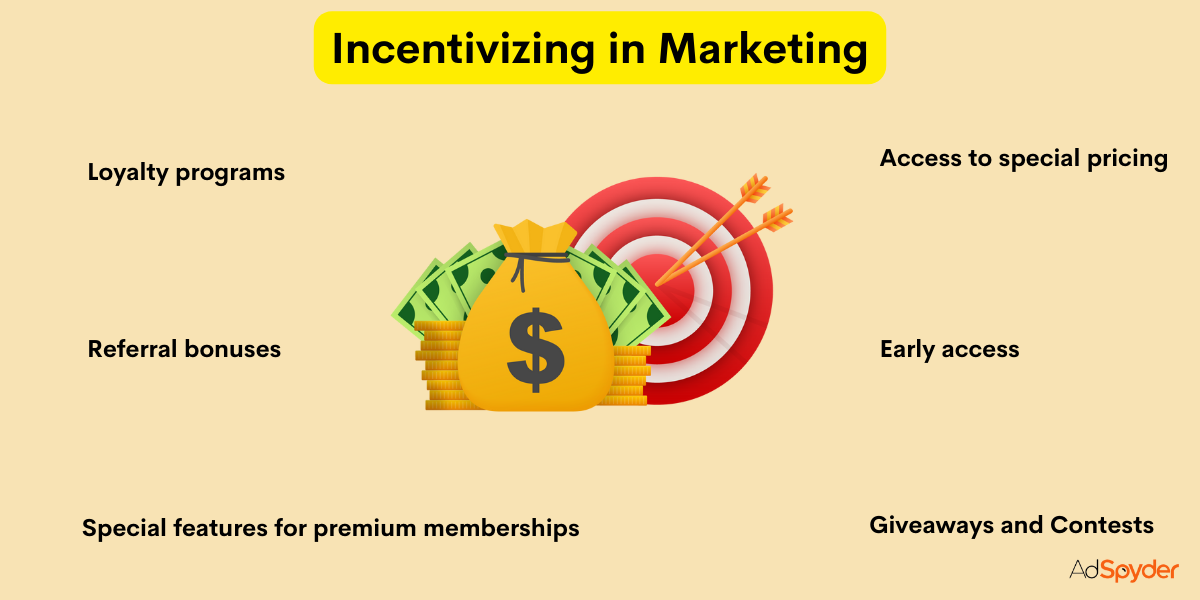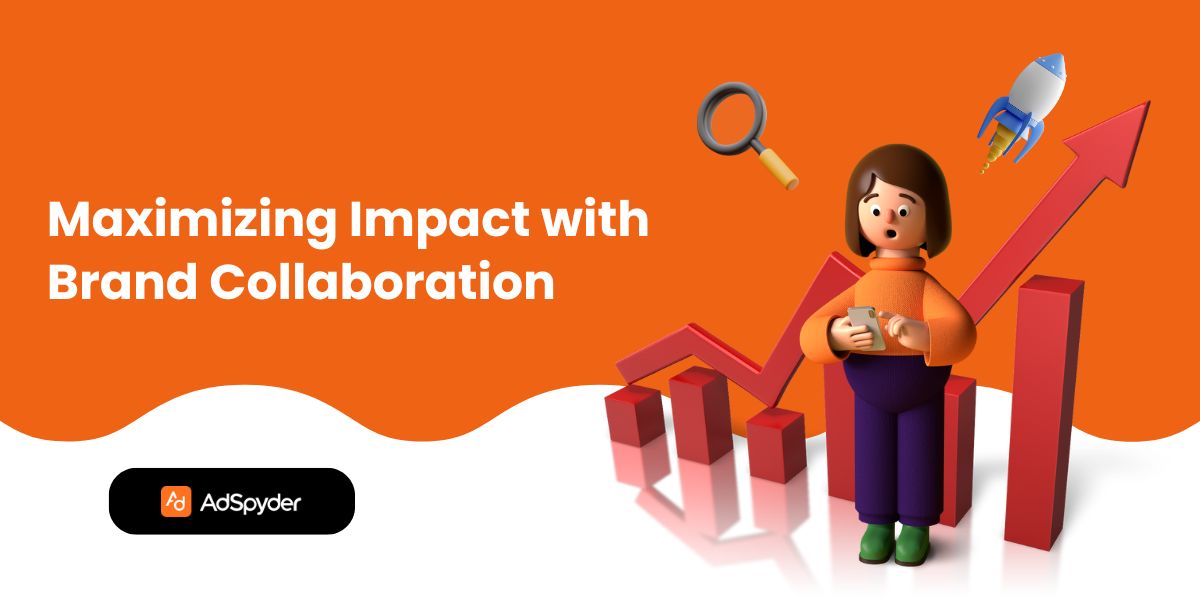Ready to Elevate your Marketing Strategy?
In the fast-paced world of online betting, capturing the audience’s attention and developing brand allegiance have dominated gambling ads. To this end, gamification came along as an energizing strategy for gambling ads to merge gaming elements into a non-gaming context, leading to a complete revamping of gambling adverts with respect to engaging customers. Gamification in advertising engages the users by introducing competition, challenges, and rewards, thus enhancing the interactive experience. User participation rises to high levels, creating immersive ad experiences accompanied by basic interactions with users. This blog looks into the importance and application of gamification in gambling ads, as well as emerging trends shaping the future of gambling ads.
Applications of Gamification in Gambling Advertising
Gamification is very much in the game concerning gambling ads now. Several ad campaigns have already demonstrated success owing to this feature. Click Rates (CTR) are improved by at least 20% on gamified ads compared to non-gamified advertisements. Nielsen, on the other hand, states that gamified ads have a whopping engagement rate of 30% greater than that of non-gamified advertisements. Such statistics offer tremendous insight into how gamification drives user engagement with gambling ads, thus making it a favourable method for betting sites to engage successfully with their target audiences.
Advantages of Gamification in Online Betting Ads
Gamification opens avenues for many aspects of online betting ads. To begin with, it fosters user engagement through interactive experiences that resonate personally with players. According to Gamification Nation, 72% of consumers are more likely to engage with companies fueled by gamification. Biblically speaking of this in terms of gambling ads, instead of just being an advertisement, this transforms it into entertainment with interactive quizzes, challenges, and leaderboards.
These provide a sense of competition and living up to high expectations among users. Page sites can use methods such as leaderboards and competition to increase participation and allow users to challenge both themselves and others. This engagement creates excitement leading to fantastic customer retention rates as the users will be spending more time with the application. According to the University of Oxford, gamification is capable of doubling user retention rates.
Crafting Captivating Gamified Ad Experiences
To unleash enough benefit from gamification in gambling ads, casino ads must be skillfully designed with regard to user experience. The design is meant to be very user-friendly and straightforward so that players can pass it with ease. Aside from user involvement, storytelling in gamified gambling ads has also been cast. Brands that narrate a compelling story to the audience that is both relatable and consistent with brand identity have greater success in resonating with the audience. When users relate something emotionally, they engage more and grow very loyal to the brand.
Related: Ad Diagnostics
Incentivizing Participation and Reward with Gamified Ads

One of the most important things about gamified gambling ads is incentives and rewards. Games don’t always work unless you throw some cash into the process by way of awards, jackpots, bonuses, or special offers. They provide extra motivation for the users to engage fully with the gaming process. Secondly, gamification demands a careful balance between incentivizing and not encouraging foul play; reward boosts should not feel too generous, or you risk inducing poor behaviour such as cheating or exploitation, thus fracturing the ad campaign’s efficacy.
Measuring Gamification Triumph in Advertising
Assessing gamification in gambling ads needs balanced KPIs and metrics to quantify user interaction and response. Average click-through rates, on-platform time, and completion rates for the options available will provide measurable deliverables for how effective the campaign is. Feedback and input from users about their experience with gamified ads is also an invaluable source of data about user satisfaction and preferences, which can be used later to optimize campaigns.
Addressing Regulatory & Ethical Considerations in Gamified Ads
While gamification holds great promise in enhancing user engagement, a responsible approach must be taken with regard to its implementation, especially in online gambling. Responsible gambling principles should be placed at the heart of any gamified ad campaign to protect the player concerned. Such factors would include avoiding addictive components and encouraging safer gambling behaviour for the users concerned. It is also important to communicate to the users transparently how the gamified components are being applied in an ad campaign to uphold ethical conduct and gain their trust.
Delve into the synergy between gamification and effective press releases in PR marketing to attract media attention by exploring our comprehensive insights into Exploring Audience Sentiment in Gambling through social media listening.
Emerging Trends in Gamified Gambling Advertising
The future of gamification possibilities for the advertising of gambling services is indeed bright, with technology still evolving. Technological innovations in gamification will enhance the immersive experiences that would be provided to the users. Trends such as AR and VR are set to engage state-of-the-art technology in gambling advertisement that provides a fresh slate for creativity in interactive ad campaigns.
Conclusion
Gamification has proven to be an engine of transformation in the online gambling gaming scene as gambling sites have been able to engage users and nurture brand allegiance. Gamified gambling advertisement was born out of imbuing the message with action, reward, and engagement to create an enchanting experience from which audiences derive immense entertainment. The industry’s progressive march forward dictates an emphasis on responsible gaming practice which, when taken seriously and fused with ethical conduct, cements the long-term success and sustainability of gamified ad campaigns.
Embracing the open playing field spurred by gamification can allow betting companies to offer compelling advertising experiences that stand out in an ever-competitive environment. The path of gamification, unlike one that has stuck rigidly in time, is one filled with continued innovation, forging stronger ties between the brand and its audience, and continually enhancing the future of user engagement.
FAQs
.




